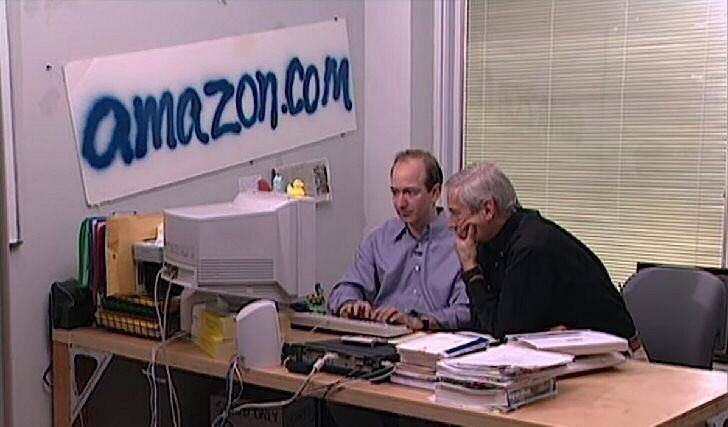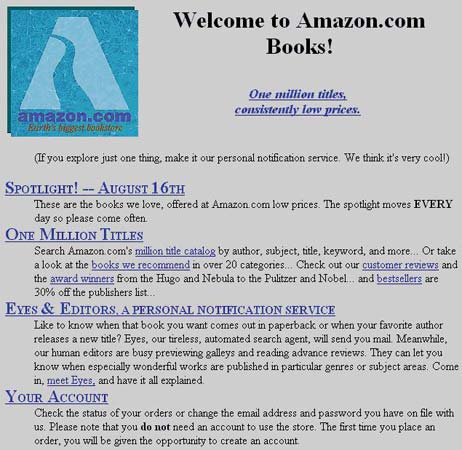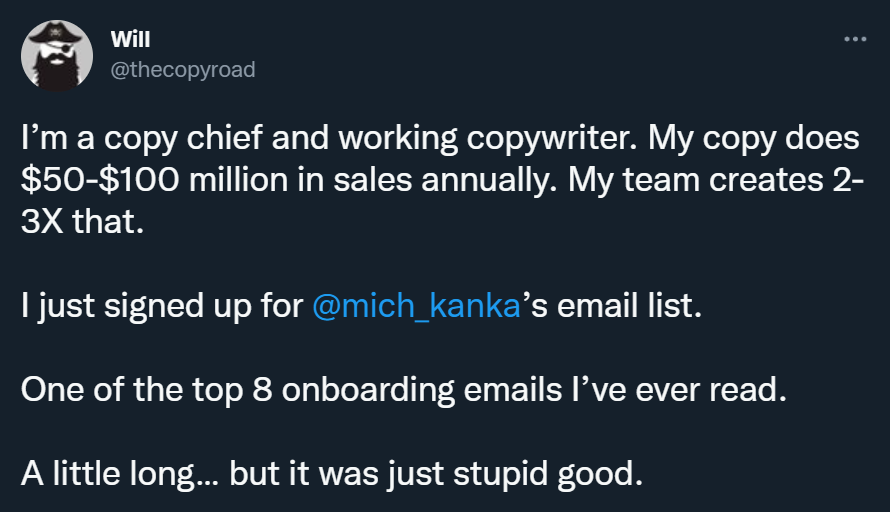How Amazon got its first users?

In 1994 Jeff Bezos came across statistics showing the web usage was growing at 2,300% a year. He didn't just hop on the bandwagon. He took time to find a business plan that made sense in the context of that growth
He made a list of 20 different categories. He thought especially about music and books. He chose books because the market was huge (about 3 million books worldwide active at any given time). He started in his garage with the money he borrowed $300k from his parents. He set up a simple webpage.
He came up with the name “Amazon” because website listings like Yahoo (which was THE INTERNET portal at the time) were organized alphabetically. At first, he thought about “Cadabra” but a name with “A” would pop up earlier on the list.
Bezos used various domains (e.g. 2millionbooks.com) and referrals from lots of “Under Construction” Geocities websites to drive traffic to Amazon. You couldn't find Amazon was behind these website, until you dig deeper.

One of the biggest source of traffic for Amazon was their Associates program. People would get the % of any sale if you put an Amazon referral link on your website. THOUSANDS of websites joined. It was A LOT at that time. Not even MySpace existed yet. The audience was large, but focused on a few portals.
When he needed to stock, he ordered books from other stores, like Baker & Taylor. He and his team had one problem. The minimal number of books in one order was 10. It was too expensive. They usually needed only one book, but they found a workaround. They always ordered the book they wanted + 9 copies of a book about lichens that was constantly out of stock. The store would send that particular book and a note saying sorry for not sending the 9 books about lichens.
Get your
"oh sh*t, this might work for us!"
moment in the next 5 minutes
Viral marketing case studies and marketing psychology principles that made hundreds of millions in months or weeks
In the first email:
- a step-by-step strategy that made $0-$30M within 9 weeks with $0 marketing budget (case study)
- cheatsheet (PDF) of 10 biases in marketing used by top 2% companies
Other than that:
- weekly original content that helps you STAND OUT by providing more perceived value with less work

(You won't find it anywhere else)

Explore Cognitive Biases in Marketing